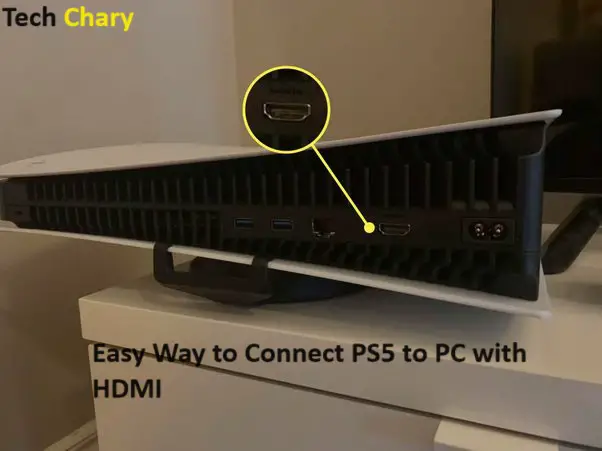Computer hardware is hardware or physical components that comprise the computer system.
There are numerous kinds of hardware that are placed inside and connected to the exterior of computers.
Computer hardware is sometimes identified as abbreviated as computer HW.
List of Computer Hardware
Here are a few common hardware components of computers that are commonly found within the modern computer. They are usually located inside the computer’s case however, you will not notice them until you open your computer:
- Motherboard
- Central Processing Unit (CPU)
- Random Access Memory (RAM)
- Power Supply Unit (PSU)
- Video card
- Hard Disk Drive (HDD)
- Solid-State Drive (SSD)
- Disk drive with optical technology (e.g., CD/BD drive)
- Card reader (SD/SDHC, CF, etc.)
Common hardware you can be able to connect to the exterior of a computer though many laptops, tablets, and netbooks include certain of these devices in their housings
- Monitor
- Keyboard
- Mouse
- Uninterruptible Power Supply (UPS)
- Flash drive
- Printer
- Speakers
- External Hard Drive
- Pen tablet
Rarely used individual hardware devices, either due to the fact that they are usually included in other devices or have been replaced by newer technology:
- Sound card
- Network Interface Card (NIC)
- Expansion card (FireWire, USB, etc.)
- The hard drive controller card
- Modem analog
- Scanner
- Projector
- Disk drive for floppy
- Joystick
- Webcam
- Microphone
- Tape drive
- Zip drive
The next hardware is often referred to in the context of networking hardware and is comprised of various pieces that are typically part of an enterprise or home network:- Digital modem (e.g., cable modem, DSL modem, etc.)
- Router
- Ethernet switch
- Access point
- Repeater
- Bridge
- Print server
- Firewall
Network hardware isn’t so clearly described as other kinds of hardware for computers. For instance, many home routers are often used as a combination router switch and firewall.
Alongside the things mentioned above in the list above, there’s a variety of computer hardware, also known as accessory hardware that computers may have none or even a handful of different types:
- Fan (CPU, GPU, Case, etc.)
- Heat is a sink
- Data cable
- Power cable
- CMO battery
- Daughterboard
A few of the devices mentioned above are known as peripheral devices. The term “preferred device” refers to a piece of hardware (whether external or internal) that doesn’t play a role in the primary function of a computer. Examples include a display, disc drive, video card, and mouse.
Troubleshooting Faulty Computer Hardware
The components of a computer’s hardware are able to heat and cool down when they’re being used. They’re then are not used, which means they will eventually each component will fail. Many may fail simultaneously.
Luckily, with desktop computers as well as tablet computers, it is possible to replace the hardware component that is not working without the need to rebuild or replace your computer completely from scratch.
Here are some websites to look over before you decide to buy a new hard drive, RAM sticks for replacement or anything else you suspect is in danger of failing:
Memory (RAM)
- Search for the best free test of memory software.
- Discover the steps to change memory (RAM) on your computer.
Hard Drive
- Explore the free hard drive test programs.
- Find the most efficient commercial repair software for hard drives.
- Discover how to replace a drive.
- Find out what you can do if your drive starts making noises.
Computer Fan
- Find out how to repair a noisy laptop fan.
- Find out how you can solve the problem with the CPU fan.
Device Manager
Within Microsoft Windows, hardware resources are controlled through Device Manager. It is possible that a “faulty” piece of computer hardware is in need of a driver update or installation, or to be enabled by Device Manager.
Hardware devices will not function in any way if the device is turned off, or could not be functioning correctly if an incorrect driver has been installed.
Here are some device-manager troubleshooting tools:
- Find out how to see the status of a device in Windows.
- Learn how to enable a device using device Manager on Windows.
- Discover how you can update Windows drivers.
- Learn about different ways to download driver software for free.
- Find the most efficient driver updaters for free tools.
If you are deciding that your equipment requires replacement or upgrade, find tech support information from the manufacturer, which includes warranties (if it is applicable to you), or search for similar or upgraded components that you can purchase from the manufacturer directly.
Hardware and Software
A computer system can’t be complete without software that’s different from hardware. Software is information that’s stored electronically, similar to an operating system or video editing software, which is run on hardware.
Hardware is named because it’s very rigid regarding modifications while software can be more flexible (i.e. you can easily update or modify software).
Firmware is closely linked to both software and hardware as well. Firmware can be used to connect both together, to ensure that software can communicate with the hardware.



